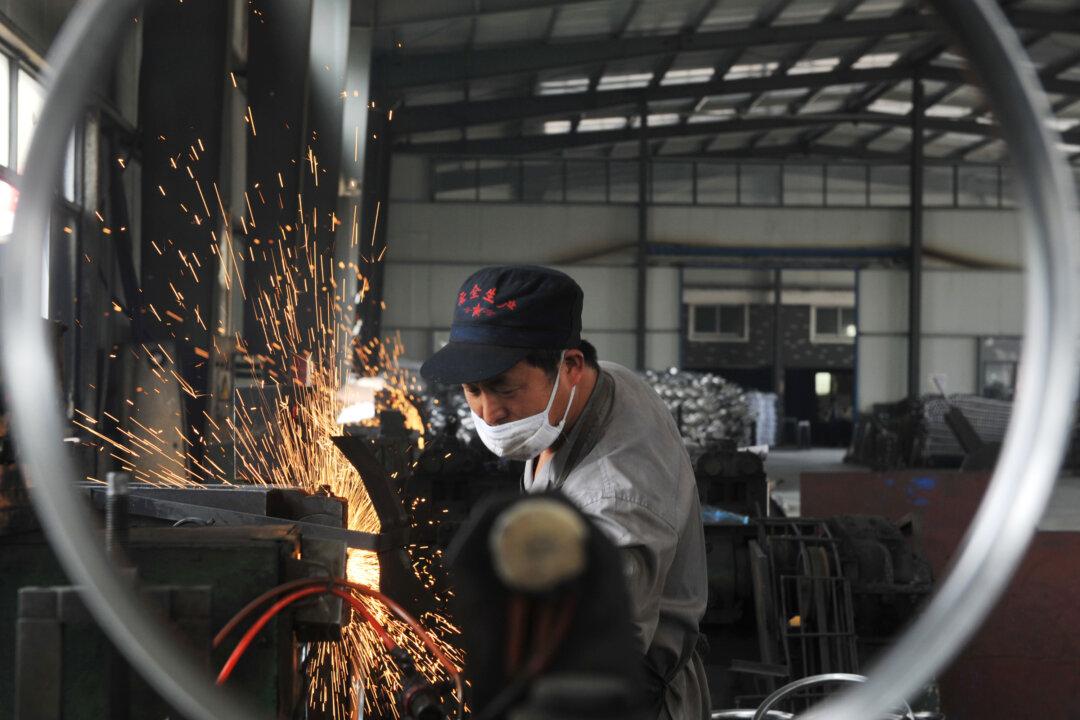NEWS ANALYSIS
China’s manufacturing and export sectors are getting clobbered by U.S. tariffs. But the ruling communist regime is trying to keep the economy from decelerating by encouraging debt-fuelled growth.This may smooth out hiccups in the short term, but it is not a cure-all and can create bigger headaches in the long run. Also worrisome for Chinese authorities is that it suggests the narrative of China moving from an investment-driven economy to a domestic consumption-driven economy is not happening.





